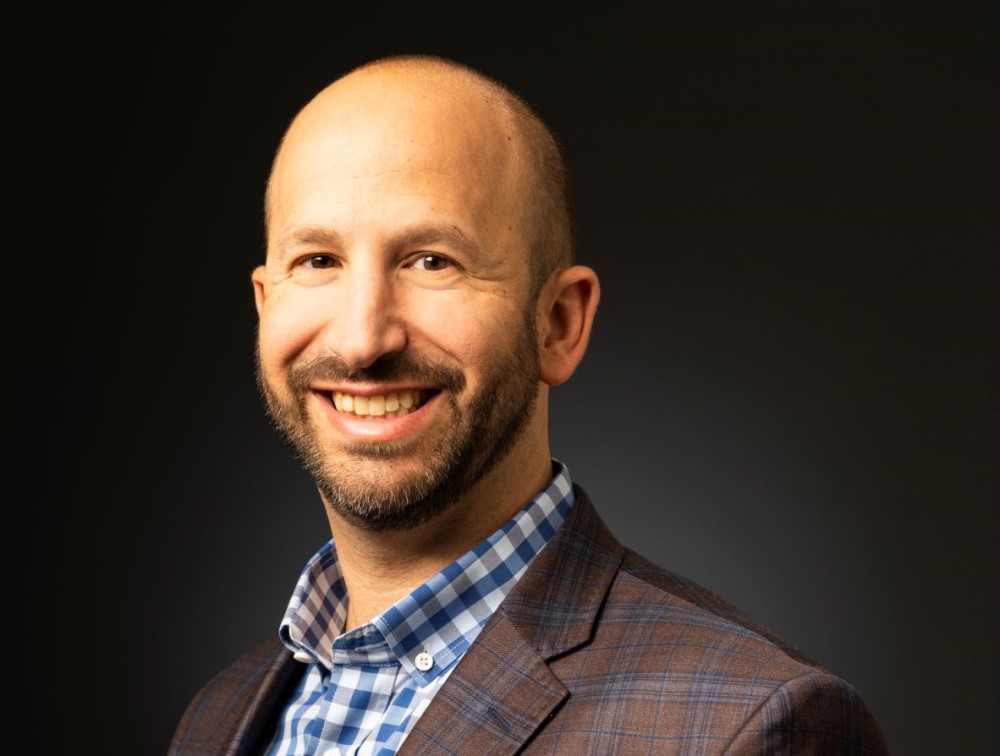The evolving role of the Chief People Officer
March 16, 2023
Micah Alpern, Senior Managing Director within Teneo‘s people advisory team, writes how Chief People Officers ought to drive employee experience and higher performance with the backing of data.
As companies determine what the future of work looks like, battle a tight talent market and adjust to increasing economic pressures, the Chief People Officer’s (CPO) role continues to evolve.
The CPO role was originally created to draft and execute policy that guides the company through the legal issues of labor management. Today, many people leaders see themselves as chief happiness officers. Neither extreme will produce the results CEOs and boards need now.
Modern CPOs are driving more agile and fluid organizations, redesigning HR roles and operating models, while driving the employee experience and maximizing team performance. This work is only successful when paired with a clear leadership mandate that is aligned with the business objectives.
The design of the employee experience revolves tightly around the culture. While CPOs are not the sole owners of the culture, they play an essential role in enabling the organization, leaders and employees to live and experience the stated culture.
Once the C-suite defines the culture, the CPO and their team are required to reinforce the values and behaviors through the employee experience; including recruiting, onboarding, performance management, rewards, benefits, development, mobility and exiting. Failure to do this creates a fracture between what the company says it is, and what employees actually experience.
Companies with an employee experience that delivers on the desired culture have more engaged employees, higher performance, lower levels of risk and more satisfied customers. The Canada Human Resources Centre found that unhappy workers cost the North American business economy over $350 billion per year in lost productivity.
We all work in teams, and while the modern CPO applies an individual, inclusive view to the people strategy, they also focus on maximizing team performance.
CPOs do this by making sure teams are structured with a diverse mix of experiences, have the right tools and processes, and have leaders, not managers, who are skilled in getting the best out of everyone.
Beyond these elements, leading-edge CPOs leverage people analytics to ensure the company maximizes team performance. People analytics is not about tracking engagement. The concept of engagement has been around for years and scores continue to decline. It’s time to stop tracking whether people are engaged and start tracking how to get them engaged through the employee experience.
Modern CPOs execute a sophisticated employee listening strategy focused on experience by:
- Frequently assessing each individual’s needs in a targeted manner. For example:
When employees return from parental leave, ask how the company supported them, how the company could improve and what the person needs as they rejoin
When performance reviews are complete, ask how the process went, whether the feedback was valuable, if a development path is clear and how it could be improved - Assessing connectivity through organizational network analysis to identify the:
Biggest influencers across the organization
Individuals in isolation
Inclusiveness across the organization between people with different backgrounds
As the importance of the CPO continues to elevate and the role evolves, CEOs should set the expectation of the CPO being a strategic partner.
As a strategic partner, the CPO is expected to shape the culture by creating the right employee experience and driving higher performance through targeted (i.e., individualized) programs backed by data.

